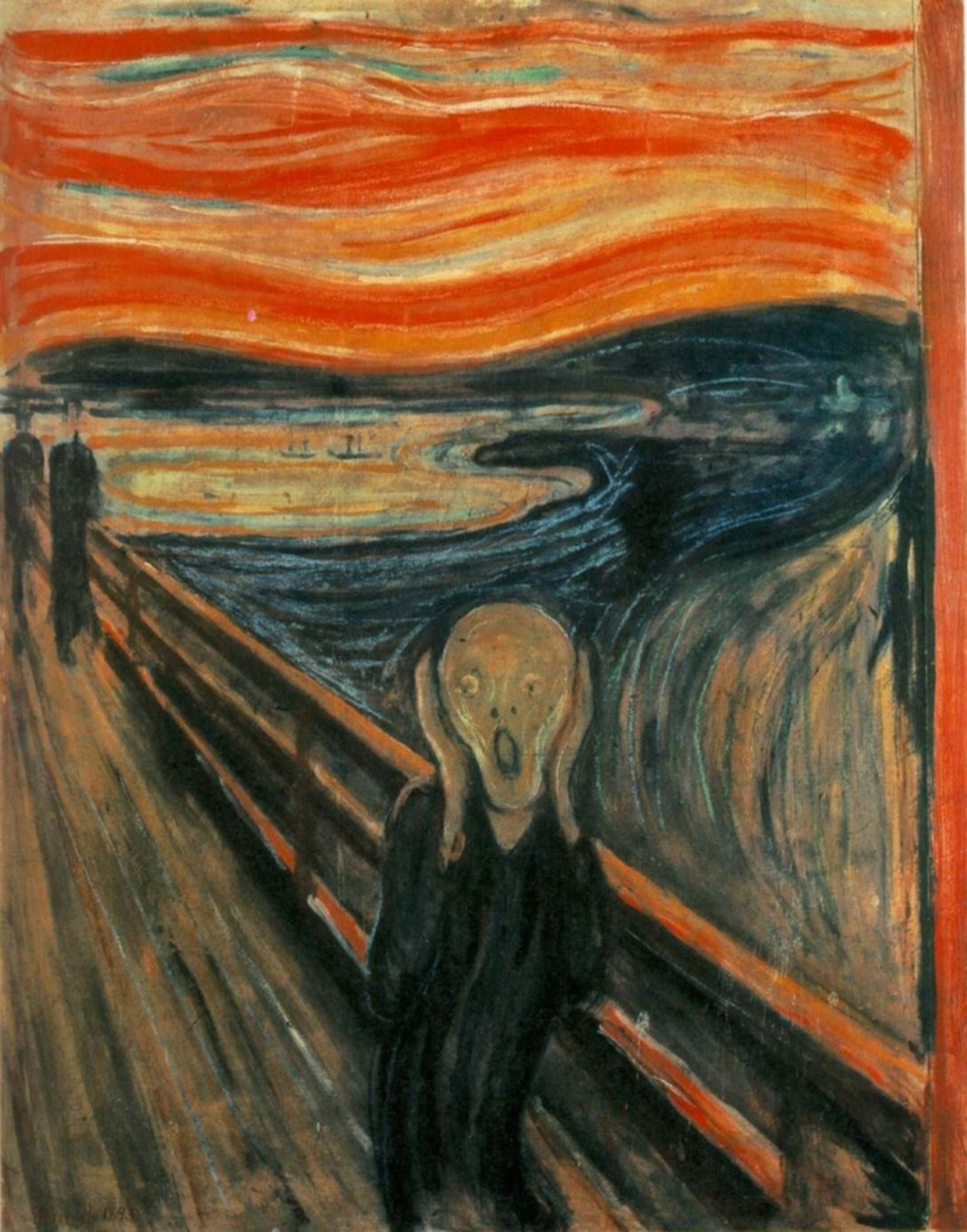There is no doubt that the use of technology presents problems to us as educators. The environment in which our students, and indeed we ourselves, live has changed dramatically in recent years with relation to technology. The question for us is how to react to this change. I think this means we need to try to answer the following questions.
- What are we trying to get the children to learn?
- What can we say about the world our children are growing into?
- What is our role in equipping children for the world they currently live in as children?
- Are there better and worse ways of doing this?
The answers to these questions are broad and diverse. My problem with a lot that is written about the use of technology is that it is narrow and context specific. It often relates to a context that is different from ours, and we can make mistakes by simply taking an experience elsewhere and moving it to our context.
Let me take for example the repeated suggestion that research shows that technology means students have lower performance in schools. My three questions about this statement are: 1. What do you mean by lower performance, what are you testing? 2. Is the context of your studies relevant to ours? 3. Is the technology in the study being used in a good way?
My own research into this was a small study done several years ago. The time was different, the technology was different and the school was different. So the result, which clearly showed that the grades of the “laptop class” we had introduced improved more over the year than the rest of the school on average, may not be relevant to us. The biggest changes were for those students with identified learning difficulties such as dyslexia for whom writing was a significant problem.
Here are some thoughts on each of the questions above.
What are we trying to get the children to learn?
Well, this is the big question, isn’t it? The lack of breadth in answering this question leads, in my opinion, to most of the faulty research results that are published and shared. I am reminded of the comment probably miscredited to Einstein that if you measure a fish by its ability to climb a tree it is complete failure. What am I trying to say here? If you assess children on their ability to do things that technology doesn’t help, and you don’t allow the use of technology in the assessment, then it is likely that students who have spent more time concentrating on these things rather than learning how to use technology will be better at it.
So, clearly, there are things that we want students to know, to understand and to be able to do without technology. I don’t want them to have to look up the capital of the United States, the answer to 5 x 6 or whether leaving plastic bottles on the beach is good for the environment. I want them to know these things.
But, I also want them to know how to research a complex question by finding resources and being able to judge their relative value, look for bias, for misleading errors and spot propaganda. I want them to understand how to use their computer and their phone as a useful tool because they need to be able to do this. Otherwise, they will accept any claim made on social media, and stop at the first thing they find on a google search.
This leads to the second question
What can we say about the world our children are growing into?
There is no doubt that technology will pay an increasingly important part in every aspect of people’s lives in the coming years. Complaining that it shouldn’t do so will not change the trends. Nearly all adults have some technology in their lives. The sort of adults that come out of our school will have a great deal. They will manage their lives through phones and computers. There will be computers in more and more of the things they use, from the car to the cooker. They will communicate with friends and families, with banks and businesses through their phones. These are all rather functional, but there are more and deeper issues.
They will engage with important issues in their lives and issues of the day through technology. How many people already consult an online medical resource to find out what the pain in their chest is, before going to see a doctor? A more dramatic example is of young parents deciding whether to vaccinate their child against measles. If you look in the wrong place for the answer then you risk your child’s life and contribute to a growing worldwide epidemic.
Increasingly, democracy is subverted by fake news, environmental concern by propaganda and healthy eating by advertising.
So for question three.
What is our role in equipping children for the world they currently live in as children?
Let me answer this in the negative first. Our role is not to ignore the society we live in. It is not to pretend we can live without these things. Worse, it is not to divide the children’s lives into a technology free zone where we can learn technology free things and to let a secret second life take place in the virtual world that all of these children are part of.
We need to teach wise research skills, responsible social media use, critical thinking about claims made in the virtual world and that the values we uphold are just as relevant there.
We need to design a curriculum of activities that challenge our students to make positive decisions about all these questions. The earlier we do this the more chance we have of protecting them from the damage can happen to them.
Now to the practical aspects.
Are there better and worse ways of doing this?
There are good practices that we can follow that are available. Here are some of my favourites.
Try to avoid one student per device all the time. In particular when setting a research project, insist that groups of five share a computer. Learning needs to be social as well as individual. They must communicate and collaborate over all aspects of the research. From deciding where to look to how to value different sources, they need to talk about it. At some point, you may want them to move from social learning to individual learning. They may do separate write ups, or better still write separate parts of a joint paper, but be aware that this is a one way street. Once they all have a device, communication has stopped and you cannot get it back.
Differentiate clearly between using and not using. Be firm with “screens down, phones face up on the table”. Don’t let them hide phones in their pockets or bags. They will sneak looks at them when you cannot see.
Which leads to openness at all times. Any device brought into the classroom is there to be shared. If you are not prepared to let anyone in the room use your phone, don’t bring it in. We know that bullying, victimization and random abuse happen through social media. Are these likely to be reduced or to stop if we never see it happening, and we insist that the devices are only used when we are not watching? Or would we have a better chance if we encourage students to show their media feeds to their form teacher and their parents at an early age. Nasty things happen in dark places. The light helps us clean them out.
Use the tools to vary the learning. Taking a video with their phone, a quick edit, knowing how to compact it and upload it is a great learning experience. Children not only learn the technology, but learn to speak more clearly, to prepare for speaking through rehearsal, to edit and improve their performance exactly because it is a technological artifact. They know it won’t go away, that they can share it peers, teachers and parents, so they make more of an effort to get it right.
Whenever you as children to do research, ask for their evaluation of the source as well as the result. Why is it to be trusted?
Academic honesty is certainly an issue. Students have more opportunity to cheat certainly. They can take from innumerable sources and claim authorship directly or through modest paraphrasing. They can use online services that offer to write essays for them. I am led to believe that this is more prevalent in universities than in schools, but we need to be aware of it. The opportunities will grow rather than reduce. But, the increasing number of sources also creates confusion and a different kind of problem. Children don’t realise the difference between what is acceptable and what is not. It is not a black and white issue and we cannot blame children for making mistakes if we have not put significant time and effort into educating them about the correct practices. Of course we need to use technology to teach this, and we need to do it young rather than wait until the crucial piece of coursework is set or due.
Starting early with sharing documents with a teacher is an excellent practice. Google makes this trivially easy. We can see what students are producing at the various stages of its development. This avoids the shock of the final piece arriving fully formed on the deadline day. It affords opportunities to explain how to reference citations properly. Again, the younger we start with this the better.
I am keen to hear of any other general ideas we can all use with technology in schools








